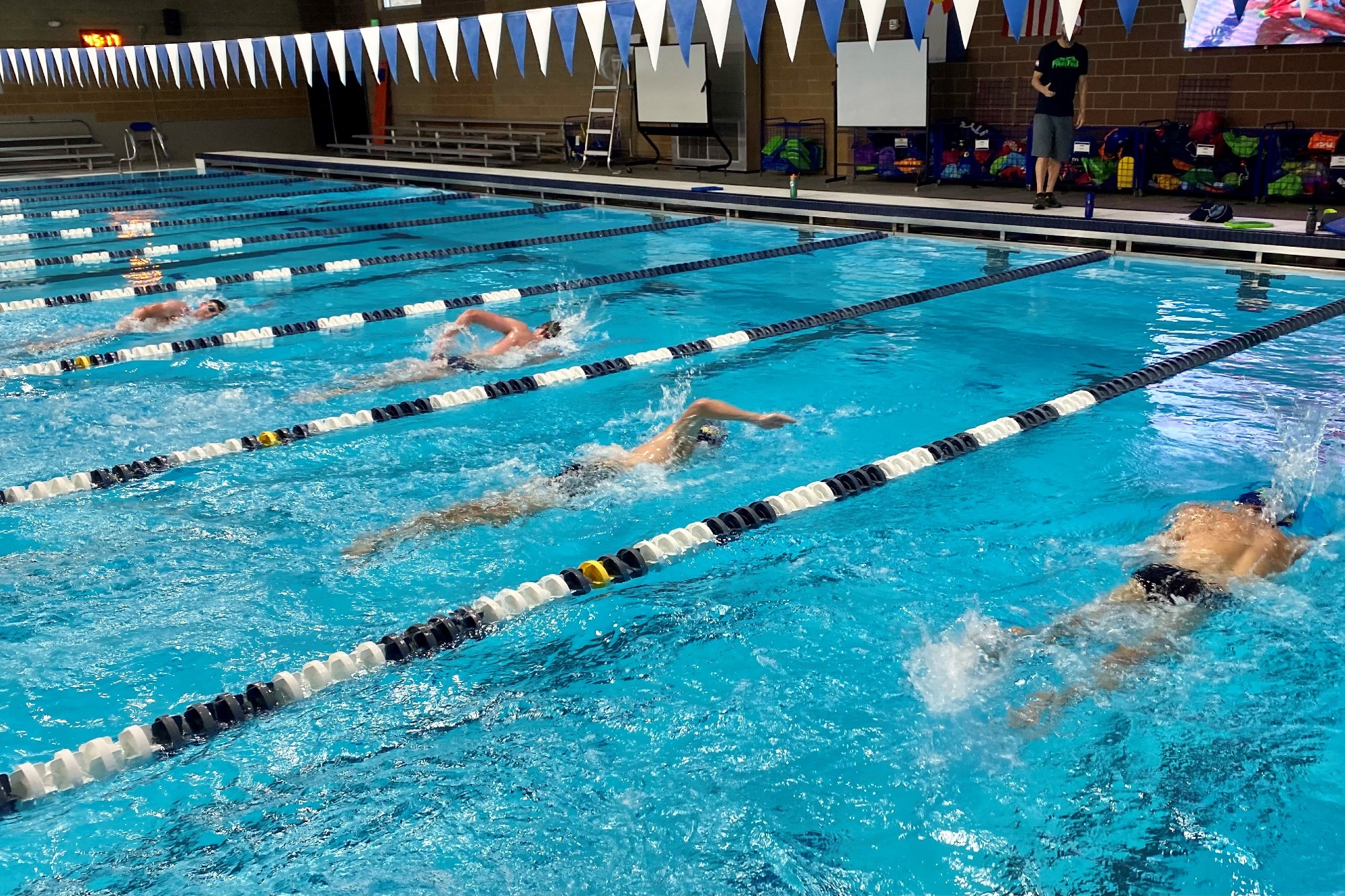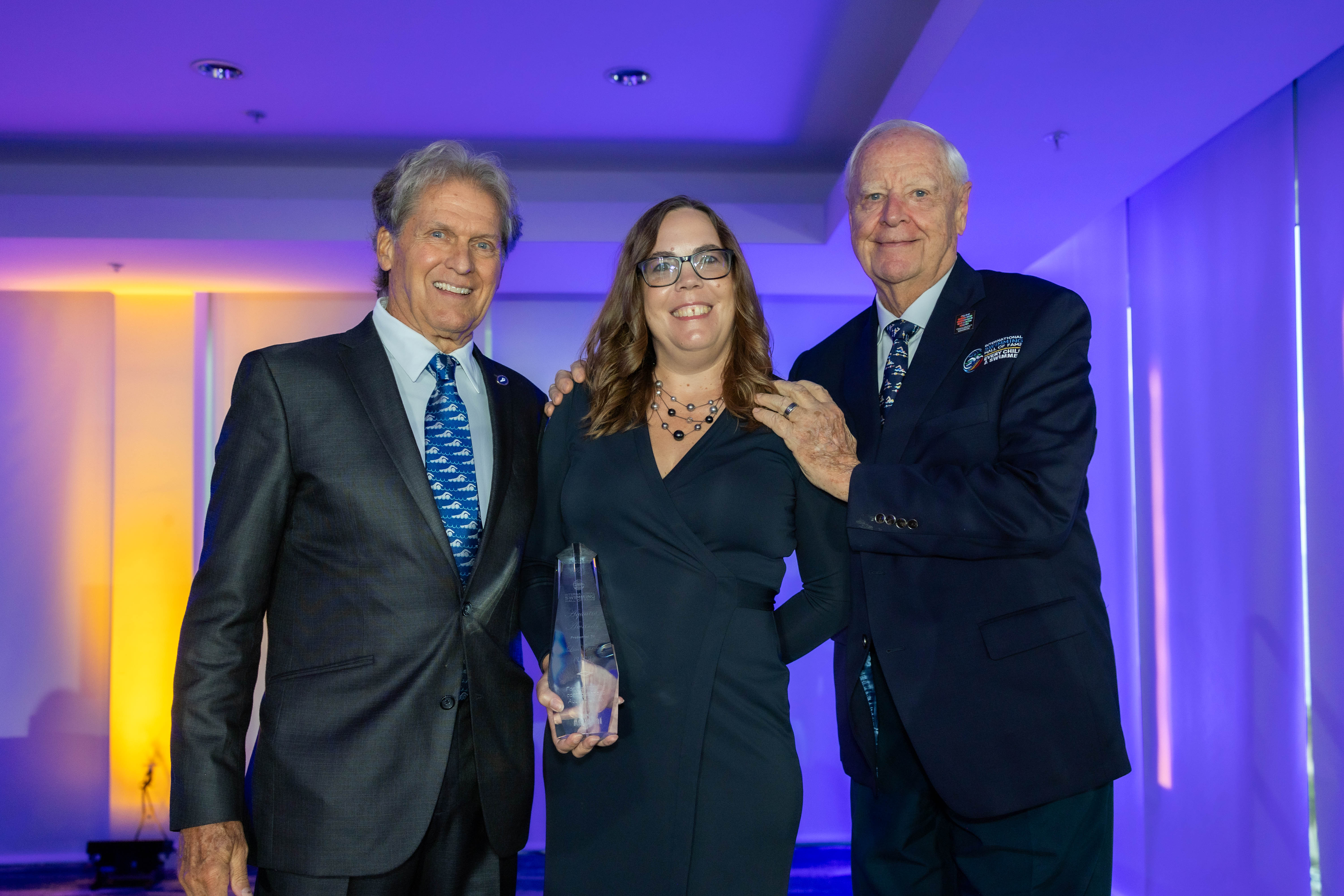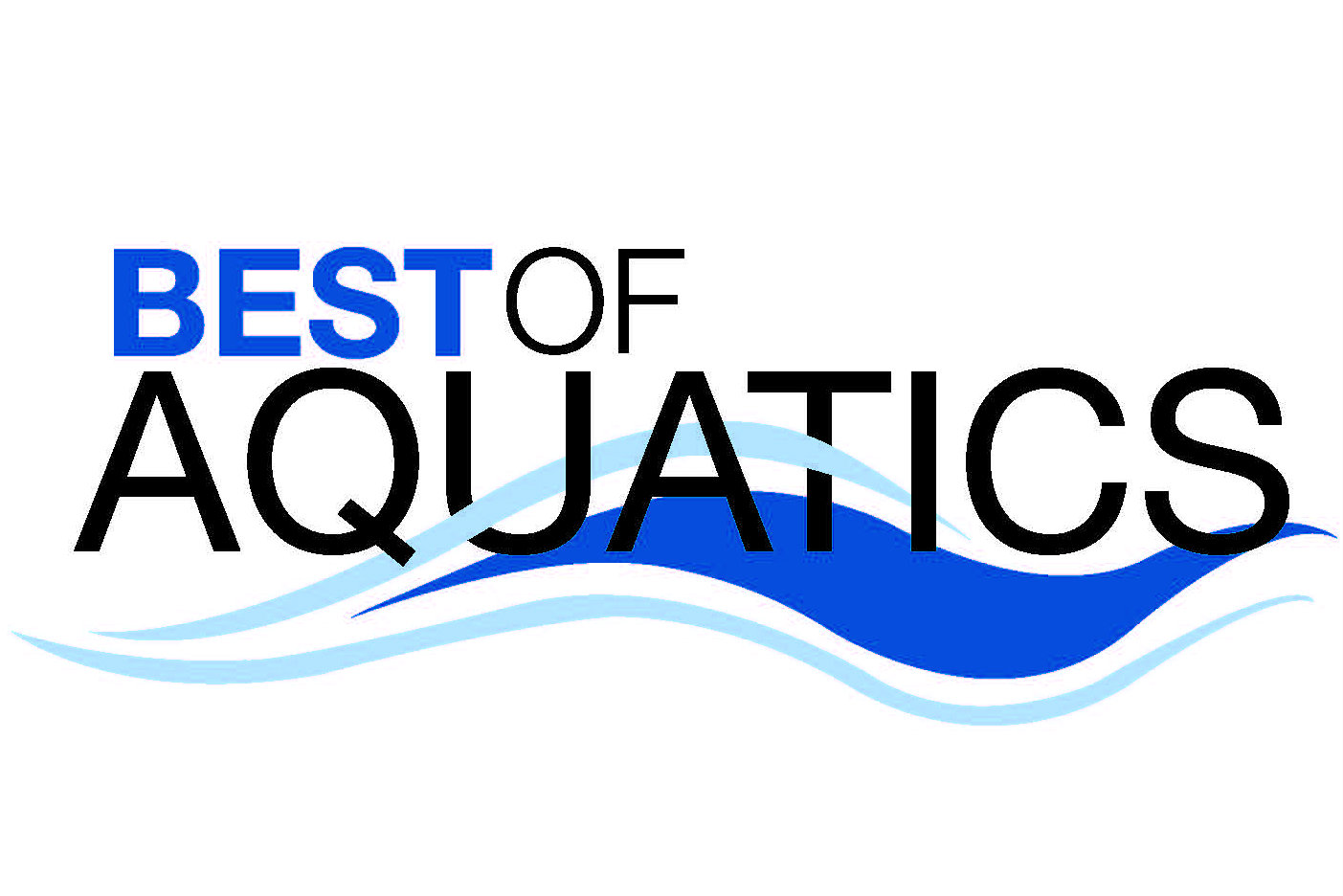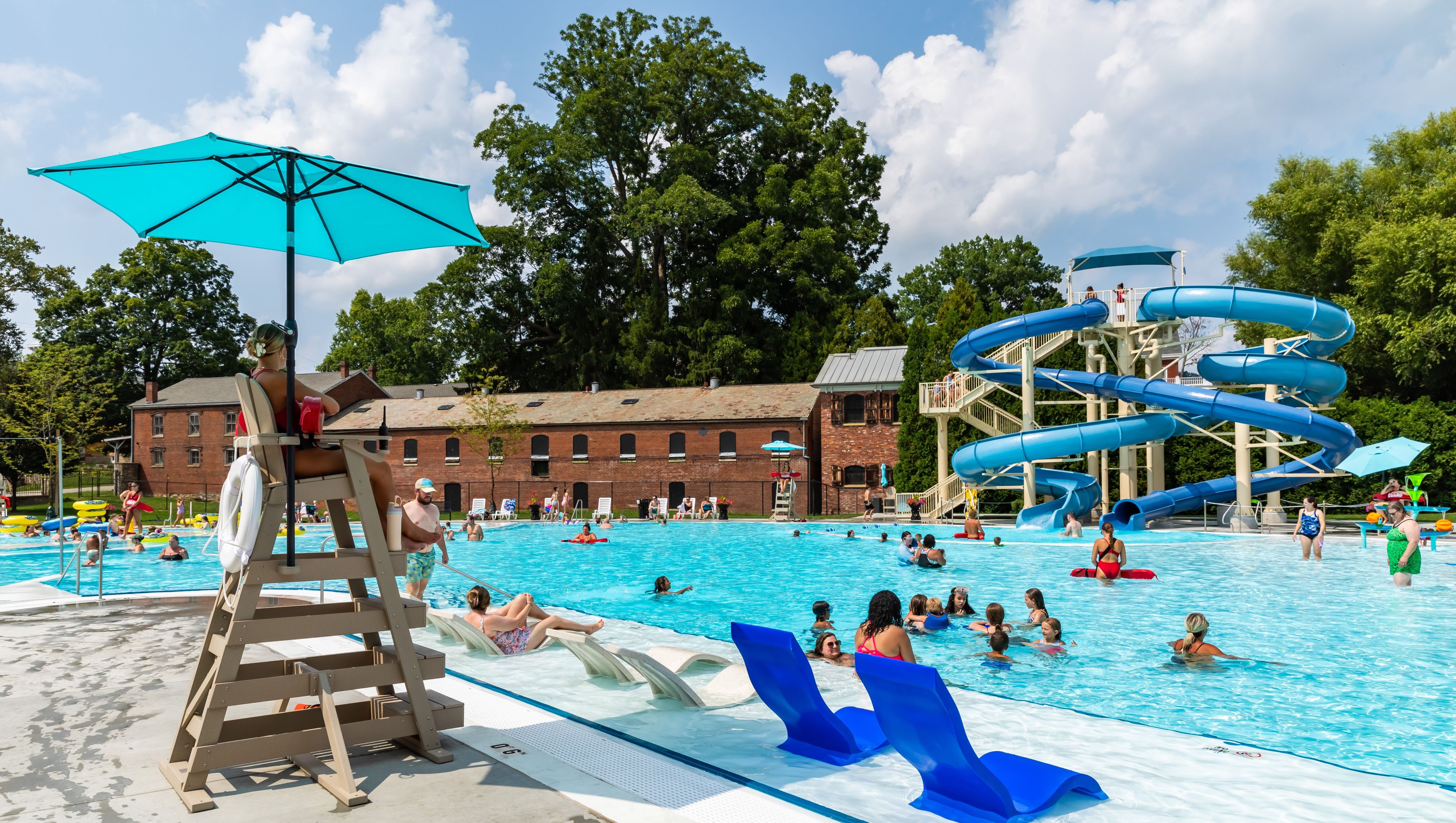Pikes Peak Athletics Training Center is no stranger to the elite.
With a large swim school and physical therapy suite, the facility houses the Pikes Peak Athletics swim teams, which include more than 500 athletes, ranging from amateurs through Olympians. The elite, and those aspiring to fall under that category, both can be found on the property, set in Colorado Springs, Colo., home to the USA Olympic Training Center and USA Swimming.
The team raised its status even higher with the Professional Triathlete Training Group, bringing together pros in the sport. Here, rather than train individually, they could work and learn together, while still gaining individual
attention from both house coaches and their personal trainers.
Elite of the elite
To make this program feasible, the facility needed coaches with the right knowledge.
The facility owner is used to working with elite athletes, as a former U.S. National Junior Team coach. Another has worked with triathletes and masters swimmers for more than 25 years.
The Professional Triathlete Training Group operates on an invitation-only basis. To be considered, an athlete must be a professional and/or qualified for national or international championships at the elite level. But even achieving this level doesn’t guarantee an athlete a slot on the triathlon group, nor does it entitle them to request to join.
“We really need people who are able to keep up with the group,” says Rory Grigull, facility operations manager at the training center. “We’ve had a couple cases of professional triathletes who aren’t able to keep up on the swim side of things, even though they’re professionals.”
Closely tailored
Once they have joined, Pikes Peak’s coaches meet with the athlete and their personal trainer to discuss objectives and areas for improvement.
“Most are looking for national and international level competitions, so they’re targeting world cups, world championships, and Olympic games,” Grigull says.
At this level, they really need to tailor a training program to the individual athlete, so several meetings can take place over the course of hours. “When we’re coaching teenagers, we sort of teach to the standard,” Grigull says. “But when you’re working with professionals, they have years and years of experience behind them. They know what will work well for them that might not work for someone else.”
Once training at the facility begins, the team continues to analyze, plan and fine-tune the training. “Very often these pros will spend an hour or two after practice talking about their training,” Grigull says.
With everything in place, and all collaborators on the same page, the group meets and trains three days per week. The Pikes Peaks coaches anchor the training, as they bring the swimming expertise. But the athletes’ personal trainers often also attend.
Membership does involve a monthly fee, but it’s nominal, Grigull says.
“It’s really more about bringing these high-level athletes together and inspiring our younger generation, than about making profit from this group,” Grigull says
The professionals do this by giving occasional talks and participating in events for the youth and adult triathlon teams that train at the facility.



